The 5 Best Tips for Preventing Mold and Mildew on Your Boat
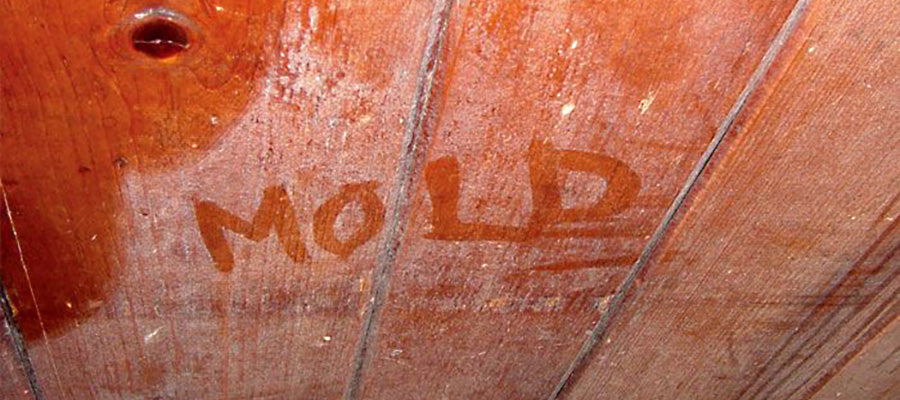
Mold and mildew are a real problem for boaters. Boats live in a wet environment and have enclosed spaces where moisture in the air and condensation create the perfect conditions to keep things damp and warm, just the way mold likes it. Once mold and mildew get established, they are difficult to get rid of, and most boat insurance does not cover related damage. The key to dealing with mold and mildew is to prevent them by creating conditions adverse to their development. We've collected the five best tips to prevent mold and mildew on your boat.
Find and seal leaks
Prevention starts with eliminating water ingress. No matter how much effort you put into drying out your boat, if water is still getting in, you are getting nowhere.
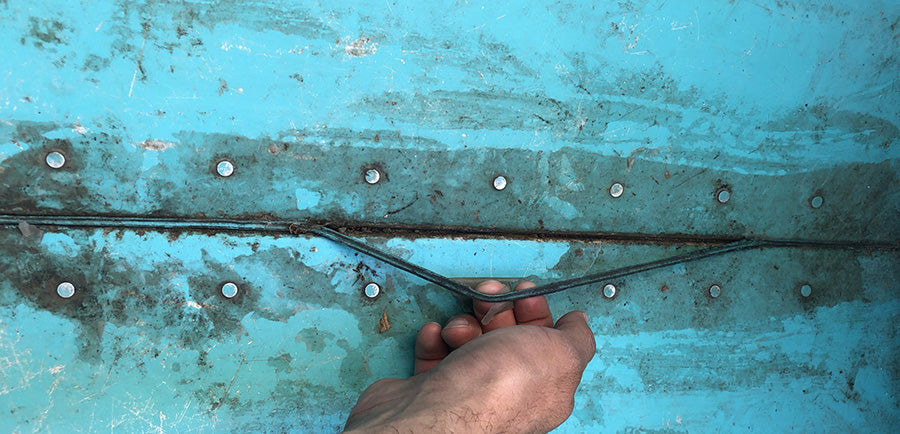 Check all seals around deck-penetrating hardware such as hatches, stanchions, cleats, ports, vents, windlasses, bow rollers, etc. If water is getting in through any of these seals, you should remove the hardware and check that water has not seeped into the deck core. Dig out any deck core rot, fill and reseal the area, and reinstall your hardware with new sealant. Do not neglect scuppers, thru-hulls, hull joins, and the bilge. Scuppers can get clogged blocking proper drainage, thru-hulls may need to be resealed, and bilge pumps need to be checked that they are removing water properly.
Check all seals around deck-penetrating hardware such as hatches, stanchions, cleats, ports, vents, windlasses, bow rollers, etc. If water is getting in through any of these seals, you should remove the hardware and check that water has not seeped into the deck core. Dig out any deck core rot, fill and reseal the area, and reinstall your hardware with new sealant. Do not neglect scuppers, thru-hulls, hull joins, and the bilge. Scuppers can get clogged blocking proper drainage, thru-hulls may need to be resealed, and bilge pumps need to be checked that they are removing water properly.
Use a boat cover
Another way to stop water from entering your boat is to use a boat cover.
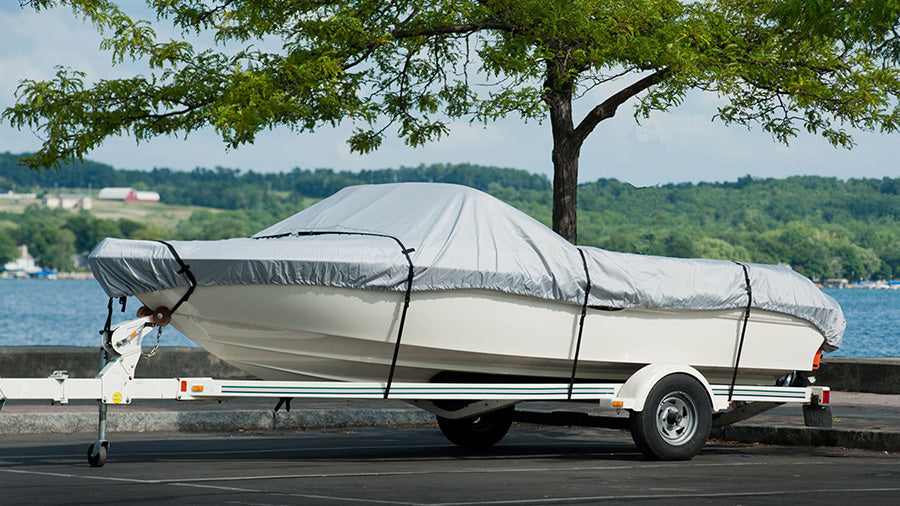 While the cover will act as a water barrier, it also reduces airflow, which is critical to keeping your boat dry. Ensure that your boat cover is properly vented. If you are using a tight cover such as shrink wrap, it is best to add active ventilation in the cover’s vents, e.g. solar fans. Also be sure you are preventing any pooling on your cover as pooled water can find its way into your boat.
While the cover will act as a water barrier, it also reduces airflow, which is critical to keeping your boat dry. Ensure that your boat cover is properly vented. If you are using a tight cover such as shrink wrap, it is best to add active ventilation in the cover’s vents, e.g. solar fans. Also be sure you are preventing any pooling on your cover as pooled water can find its way into your boat.
Ventilate ventilate ventilate
Probably the most important tip to take away from this article is to properly ventilate your boat. Stagnant air holds moisture and with changing temperatures, condensation will occur. Keep all areas of your boat exposed to airflow: cupboards, lockers, rooms, bilge covers, etc. should all be left open. Additionally, install vents.
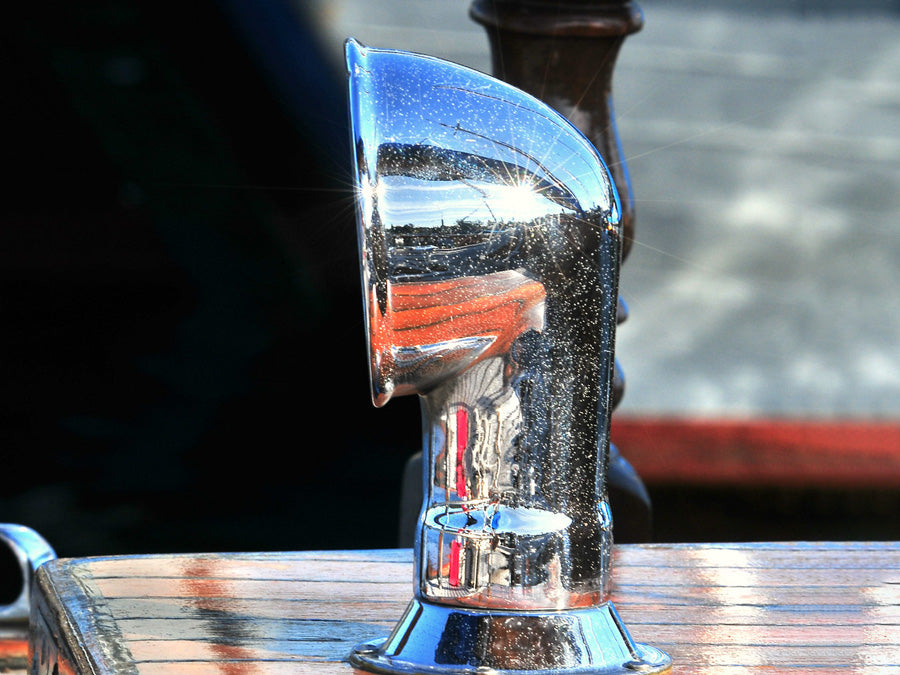 Passive vents such as cowls or dorades are inexpensive and easy to install if your boat does not have them. Even more effective are active vents such as solar fans (solar is best in case shore power is not accessible). When choosing an active option, ensure the vent’s rated capacity will exchange the volume of air in your boat about once an hour. It is best to have both active intake and exhaust vents located to create airflow throughout your entire boat, leaving no stagnant areas. You can also increase air movement around cushions and mattresses by adding an airflow barrier, a layer of woven polymer that allows for air circulation. Better yet, remove cushions, mattresses, blankets, and other moisture collecting materials entirely.
Passive vents such as cowls or dorades are inexpensive and easy to install if your boat does not have them. Even more effective are active vents such as solar fans (solar is best in case shore power is not accessible). When choosing an active option, ensure the vent’s rated capacity will exchange the volume of air in your boat about once an hour. It is best to have both active intake and exhaust vents located to create airflow throughout your entire boat, leaving no stagnant areas. You can also increase air movement around cushions and mattresses by adding an airflow barrier, a layer of woven polymer that allows for air circulation. Better yet, remove cushions, mattresses, blankets, and other moisture collecting materials entirely.
Reduce humidity
This one is probably obvious. Mold and mildew love humid conditions, so reducing humidity equals mold prevention. True, though there are several approaches to this to be considered.
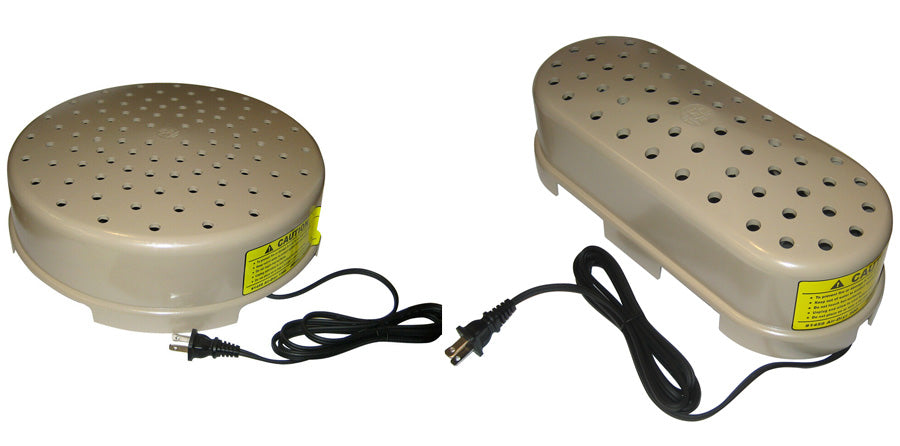 Boat dryers are the safest powered solutions to reducing humidity
Boat dryers are the safest powered solutions to reducing humidity
Solutions that require power can be both impractical and dangerous. They require a constant power supply and should not be left unattended. These include heaters and dehumidifiers. A common example many boaters use is an electric lightbulb. Every year fires are caused by lights and heaters that are left on, or by their extension cords, in unattended boats. If you’re on board, feel free to run any of these devices. Electric dehumidifiers are particularly effective (be careful not to dry out the air so much that you crack interior wood)! The best option for unattended use are specially made boat air dryers. These dryers are meant for 24/7 use, have no moving parts, and include features to prevent overheating and spark. They are even rated safe for engine rooms.
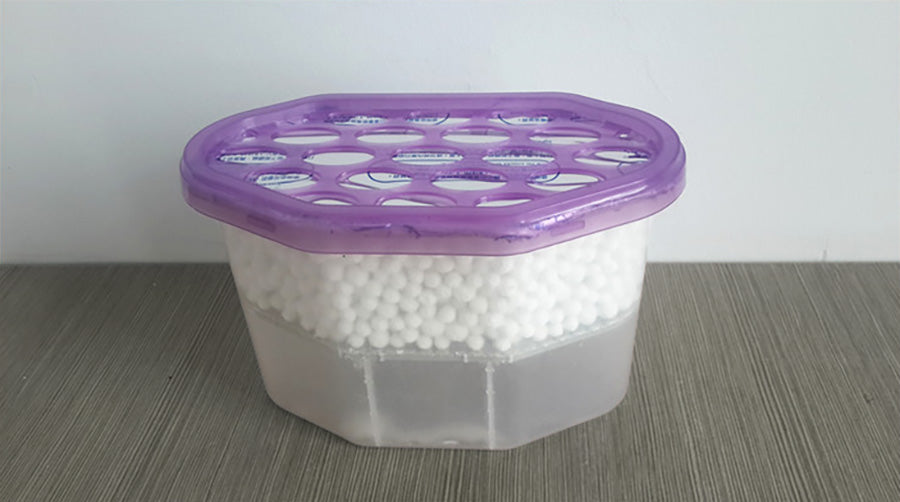
Solutions that do not require power are safer yet. Chemical dehumidifiers usually containing calcium chloride absorb moisture and deposit it into holding containers that you can empty. You can make a DIY version by filling buckets with sidewalk de-icer (check the label to ensure it is indeed a calcium chloride base). There are also compact silica gel units you can tuck into hard-to-reach areas that need to be changed monthly.
Keep it clean
Clean up any areas where your airflow is low, that are damp, or that are already showing signs of mold or mildew – stay on top of the problem.
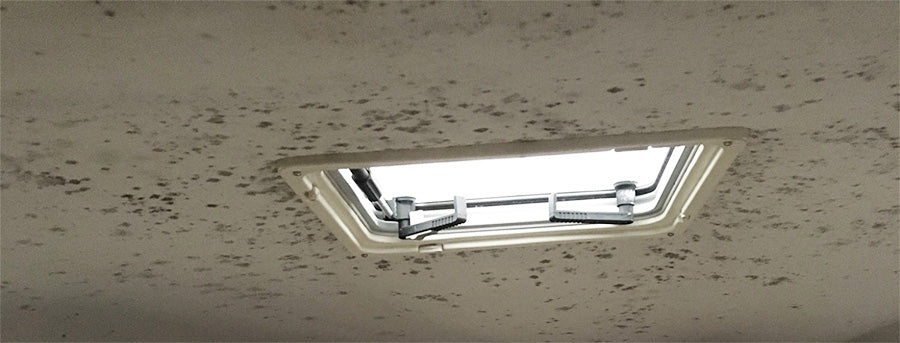 Use 1:3 vinegar and water solution to clean up these areas. Vinegar will kill most mold species. A 10% bleach solution also works wonders with mold and mildew. There are many commercial products on the market available that work similarly. Also consider products that are designed to passively kill mold and mildew such as Tea Tree Oil gels that slowly evaporate and deposit the mold-killing oils onto interior surfaces.
Use 1:3 vinegar and water solution to clean up these areas. Vinegar will kill most mold species. A 10% bleach solution also works wonders with mold and mildew. There are many commercial products on the market available that work similarly. Also consider products that are designed to passively kill mold and mildew such as Tea Tree Oil gels that slowly evaporate and deposit the mold-killing oils onto interior surfaces.
Finally
Combine the above tips for best results. Reducing humidity will have a limited effect if your boat is not properly ventilated or you have a leaky deck. Make sure to check how you are doing regularly. Keep an eye on those nooks and crannies where mold may develop, and constantly adjust your strategy to make improvements. If you get a day every so often where the sun comes out and a dry breeze blows, head down to the boat and open her right up. Spend the day, have some lunch, and let her air out before closing her up again. Remember: mold and mildew control is one issue where the saying “an ounce of prevention is worth a pound of cure” definitely applies.
Published
Recent Posts
Windlass Problems? Common Issues and How to Fix Them
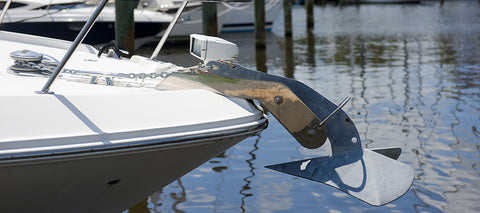
Let's look at common issues with windlasses and how to address them:
1) Windlass Won’t Run in Either Direction
2) Solenoid Clicks, but Windlass Won’t Move
3) Windlass Lacks Power to Haul the Anchor
4) Rode Gets Jammed or Doesn’t Come In
Our history: a 20 year journey

Boat Cleaning Tips for Anglers: Keeping Your Vessel Spotless and Pristine

Avast, Ye Mariners! Master the Art of Docking: A Swashbuckling Guide for Boaters
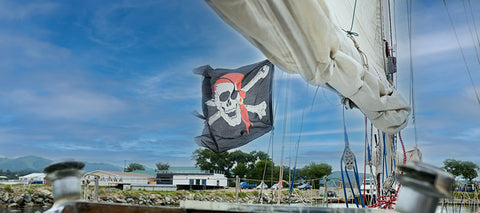
Top Reasons to Keep a Boating Maintenance Log
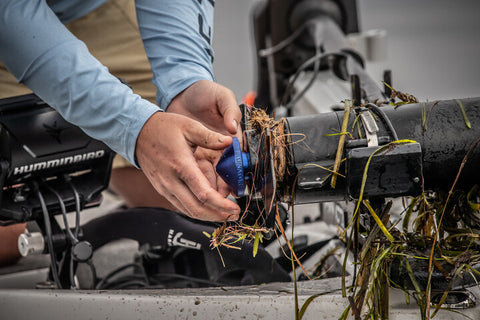
4 Top Tips for Buying a New-to-you Used Boat
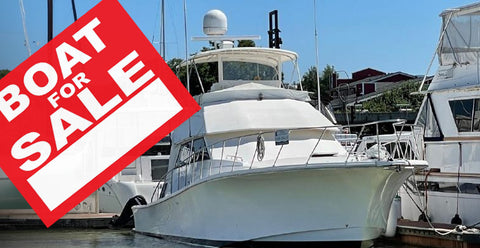
Bent Boat Anchor Shank: Common Causes and Prevention Tips

Prepare Your Boat For An Above Average Hurricane Season
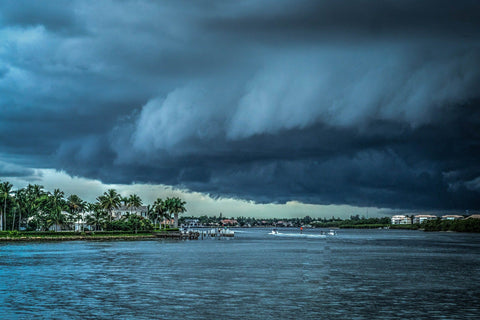
Best Methods For Anchoring Your Jet Ski in Deep or Shallow Water
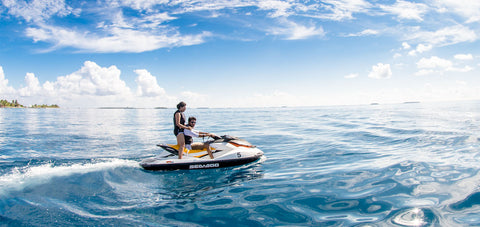
Best Options For Connecting Your Boat To WiFi Internet
